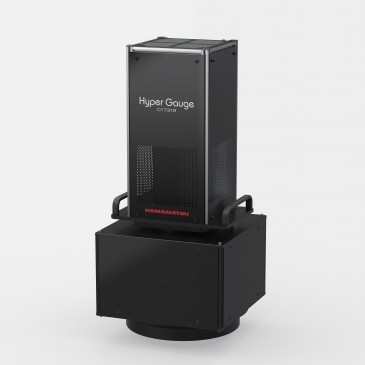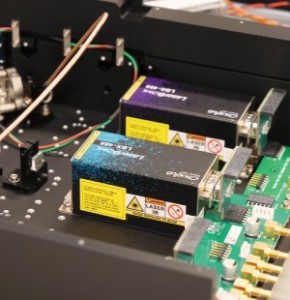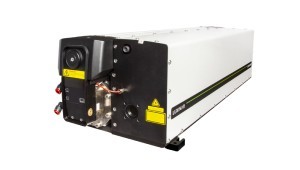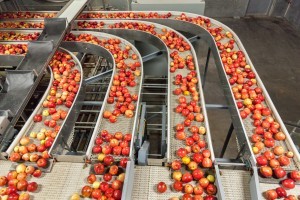
Demands for increased agricultural production and sustainable farming methods are always growing. Consumers demand high-quality, convenience, and diversity of selection. Quality of food products is dependent on internal and external factors that are potentially quantifiable and can be objective, which leads the world’s researchers to seek novel ways to apply data to agricultural production.
Benefits of NIR Spectroscopy in agricultural applications
Near-infrared spectroscopy has been studied and applied in numerous applications across five key product areas: fruits and vegetables, meats and fish, beverages and dairy, cereals and grain stocks, grapes, and olives; but also, areas regarding production factors like soils and manures, and environmental applications. The mechanisms of near-infrared spectroscopy are well understood and the benefits are clear. NIR spectroscopy can deliver rapid, accurate, cost-effective results in the lab or in the field with little or no sample prep, and multiple parameters can measure with the same scan.
Known applications for handheld NIR Reflection Spectroscopy
Avantes has shared applications in the past, but new applications are discovered, or rather developed, every day, all around the world using Avantes spectrometers. The Avantes family of InGaAs diode array-based spectrometers for the NIR gets a new member in 2020. The new AvaSpec-Mini-NIR will be a game-changer in handheld NIR applications. With nearly the power and resolution of the full-sized desktop InGaAs arrays, this instrument packs the performance into an ultra-small deck-of-card-sized form factor. This new device is a natural fit for the precision agriculture market.
Fruits and Vegetables
Avantes instruments are utilized in numerous grading and sorting at-harvest applications for fruits and vegetables that use NIR spectroscopy including but not limited to apples, cherries, avocadoes, peaches, and mangoes. Near-infrared spectroscopy allows the rapid, non-destructive measurement of several internal parameters of ripeness and quality such as water content, soluble sugars content (SSC), acidity, pH, and aromatic compounds like anthocyanin. Handheld applications for near-infrared reflection spectroscopy would facilitate such measurements while produce is still on the vine.
One application under development in Spain seeks to develop a mechanical arm that pairs tactile sensors and NIR spectroscopy to determine mango ripeness. Applications like these could rapidly transform and automate right-time harvesting (1)
Meats, Fish and Eggs
Near-infrared spectroscopy in meat grading enables the discrimination of proteins to fat content, and measurements of moisture content, color, pH, and indicators of tenderness. It can also detect the presence of common contaminants like volatile nitrogen. For meat production, these factors greatly contribute to meat quality and grading, which in turn determines price. Quality control and inspection at packaging is also critical to preventing food-borne illness or consumer fraud. (2)
The non-destructive, non-chemical nature of spectroscopic sampling can bolster yields, for example the monitoring of egg quality through the shell. Researchers in Belgium have made tremendous progress in the development of a calibration model for egg freshness by correlating changes to NIR spectral signature during the course of the shelf-life of eggs and indexing this data to classical (destructive) measurements of egg freshness. (3)
Beverages and Dairy
Similar applications for analyzing dairy products are using Avantes spectrometers to measure proteins, fats, water, carbohydrates and minerals in milk and other dairy products, as well as identify adulterated products. In powdered milk, for example, residual moisture content affects shelf-life and, on a mass-scale, has the capacity to inversely affect transportation costs and profit margins. Near-infrared diffuse reflectance spectroscopy is very effective for detecting absorption bands related to water content at 930 nm, 1455nm, and 1940nm. (4)
Wine and Grape Production
Near-infrared spectroscopy has been explored as a tool to predict ripeness and characterize grape parameters known to affect wine flavor and quality such as soluble sugar content, acidity, and aromatic compounds such as anthocyanins and polyphenols.
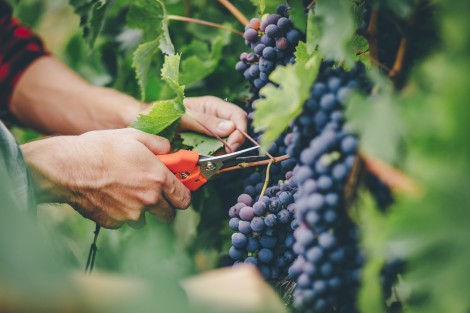
Grape characteristics at the time of harvest are the single largest contributing factor to the eventual quality of the wine produced. Spectral reflection in the near-infrared has a very high validation rate as a rapid, non-destructive measurement tool for assessing grape quality at harvest. (5)
Cereals and Feed
Researchers in wheat, barley, rice, and soybean production are exploring near-infrared spectroscopy to monitor crop health and growing conditions, identify various plant diseases and contaminants, and to assess crop quality at harvest for grading and pricing.
A recent project with the US Department of Agriculture employed NIR spectroscopy to predict protein content of wheat harvests and determining the right time for Nitrogen replacement treatments. Wheat pricing is dependent on protein content of the grains, making maximizing protein content a high priority for wheat producers. (6)
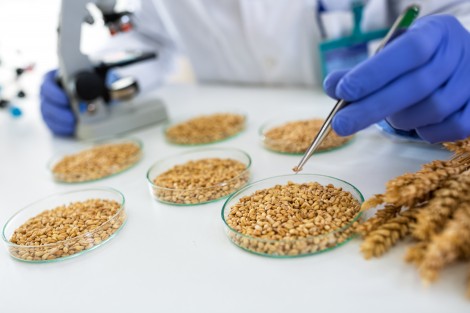
Soils, Manures and Other Growing Constituents
There are few things more important to the future of sustainable farming than soil management. Soil characterization determines what manner of treatments or mitigation might be required, or even what crops might be suitable for a particular area. NIR spectroscopy allows rapid data collection on moisture content, and compaction and soil density.(7)
Forestry and Conservation
All across the Western United States, the emerald ash-borer is an invasive species that is destroying forests and raising wildfire danger as large numbers of trees can be killed off across large areas. The mountain pine beetle also devastates forests and kills off trees. Early detection of beetle infestations can help parks and forestry personnel mitigate damage by detecting an infestation before it can spread as far. Currently, detection relies on visual inspection but handheld Near-infrared instruments can take this detection technique into the field.(8)
The challenge for Ag/Food application innovators
There is one significant challenge to developing an agricultural application for diffuse reflection spectroscopy in the near-infrared range. Getting the most out spectral data requires special processing and the development of a calibration model. Avantes and our partners can support innovators in agriculture through collaboration from development through commercial production.
Supports early application development
The initial development of a viable application begins with developing the calibration indices, or database of spectral data compiled with samples in various conditions from which statistical modeling will allow the user to predict characteristics of future samples. Each measurement can add to the body of data and improve future predictive results.
Written by Janel Kane, Marketing Manager, North America, Avantes
References
- Cortés, Victoria, Carlos Blanes, José Blasco, Coral Ortíz, Nuria Aleixos, Martin Mellado, Sergio Cubero, and Pau Talens. "Integration of simultaneous tactile sensing and visible and near-infrared reflectance spectroscopy in a robot gripper for mango quality assessment." Biosystems Engineering 162 (2017): 112-123.
- Peng, Yankun, and Wenxiu Wang. "Application of near-infrared spectroscopy for assessing meat quality and safety." INTECH-Infrared Spectroscopy-Anharmonicity of Biomoleculcs, Crosslinking of Biopolymers, Food Quality and Medical Applications (2015): 137-163.
- Bamelis, F. R., B. J. Kemps, Kristof Mertens, E. M. Verhoelst, Bart De Ketelaere, Eddy Decuypere, and Josse De Baerdemaeker. "VIS-NIR transmission for the assessment of internal egg quality." In European Symposium on the Quality of Eggs and Egg Products edition: XI, Doorwerth, The Netherlands. 2005.
- Nagarajan, R., Parul Singh, and Ranjana Mehrotra. "Direct determination of moisture in powder milk using near infrared spectroscopy." Journal of Analytical Methods in Chemistry 2006 (2006).
- Guidetti, R., R. Beghi, and L. Bodria. "Evaluation of grape quality parameters by a simple Vis/NIR system." Transactions of the ASABE 53, no. 2 (2010): 477-484.
- Long, Dan, John McCallum, Catherine Reardon, and Richard Engel. "Adapting the nitrogen replacement approach to dryland spring wheat in the Pacific Northwest." Crops & Soils 50, no. 5 (2017): 34-37.
- Nagy, Attila, Péter Riczu, Bernadett Gálya, and János Tamás. "Spectral estimation of soil water content in visible and near infra-red range." Eurasian Journal of Soil Science 3, no. 3 (2014): 163-171.
- Finley, Kaelyn, Sophan Chhin, Pascal Nzokou, and Joseph O’Brien. "Use of near-infrared spectroscopy as an indicator of emerald ash borer infestation in white ash stem tissue." Forest Ecology and Management 366 (2016): 41-52.






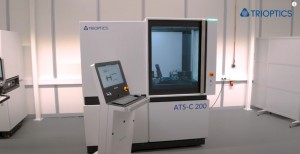
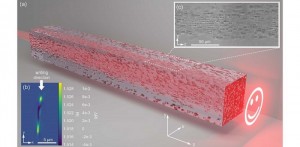
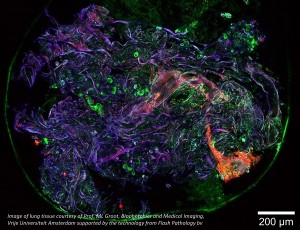

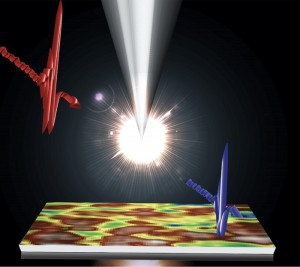

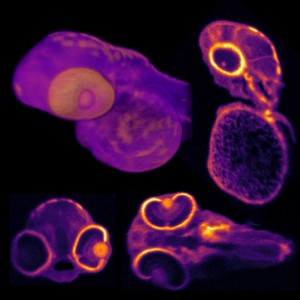
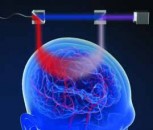

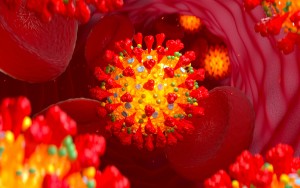















 Back to Features
Back to Features